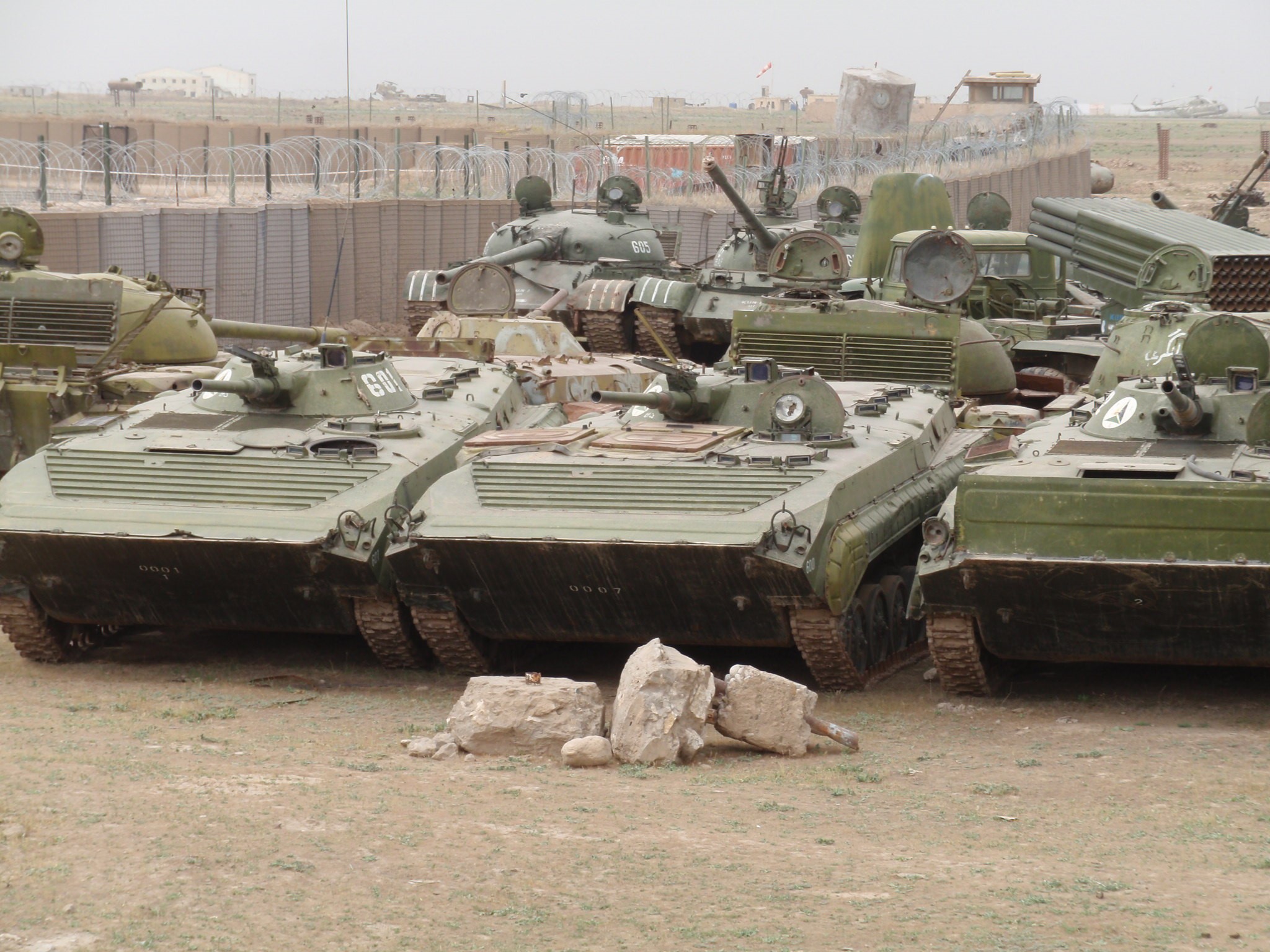
Picking the discussion up from fragments of text from pages 256 – 258 of America’s Modern Wars:
…if we use the figure of 250 incidents [per thousand], then we are looking at an estimated insurgent strength as high as 26,384 [in December 2008]. This is still based upon a performance that may have been better than what the insurgents were doing in Iraq! We are probably looking at an insurgent force strength that is greater than 20,000 and had been that way for the three years of 2006 to 2008.
…Looking once again at our logit regression model, if the insurgency is regional or factional, then the counterinsurgency has a 93.1 to 96.8 percent chance of winning. If the insurgency is broadly based (national) then the counterinsurgency has a 28.9 to 48.1 percent chance of winning.
…So again we are back to the same two questions that we face[d] in Iraq, what is the size of the insurgency and is it a regional or factional insurgency.
In a December 2008 briefing [at NIC] I posed that question after presenting this data. I then asked the room full of analysts whether the insurgency in Afghanistan [was] regional or factional, or was it broadly based. I was concerned that it might be broadly based because:
- The insurgents came from the majority tribe in Afghanistan, the Pashtun…
- It appears that the open source estimate of insurgent strength was again low.
- It appears that things were getting worse.
At the time of that briefing, we had 110,790 troops there. The Dupuy Institute estimated insurgent strength between 15,000 and 25,000, with us leaning towards the higher figure. So if the insurgency was a regional or factional insurgency, then even at a force ratio of 4.43 to 1 (assuming 25,000 insurgents), we had an 84 percent chance of winning. Yet, it did not appear that we were winning. [bolding added for this post]
So, the question went around the table, and two or three people there strongly opined that it was clearly a regional or factional insurgency. There was certitude in the voices. I was not sure, but was not ready to argue it at the time.
The danger is that if the insurgency is broadly based, and there were indeed something like 25,000 insurgents, then at a 4.43 to 1 force ratio, then according to our logit regression model, the chance of the blue side winning was only 14 percent. To push the odds up to a more reasonable level of 80 percent would mean that we needed a force ratio of more like 15.5 to 1, meaning an additional 276,710 troops, and most likely the majority of them would have to come from America! Needless to say, as the U.S. was hesitant to build up to 160,000 troops in Iraq, then such a number for Afghanistan was going to be difficult to sell.
We received no substantive response to our briefing and meanwhile the war in Afghanistan continued…
(to be continued)

Have you seen the recently released: Bullets Not Ballots: Success in Counterinsurgency Warfare (Cornell Studies in Security Affairs) by Jacqueline L. Hazelton?
I saw the author on a podcast. Her thesis is not exactly warm and fuzzy, and by her reckoning, we wouldn’t have had a prayer in Afghanistan regardless of our force strength: “Hazelton argues that major counterinsurgent successes since World War II have resulted not through democratic reforms but rather through the use of military force against civilians and the co-optation of rival elites.”
Her front end has a Machiavelli quote: “It must be remembered that there is nothing more difficult to plan, more doubtful of success, nor more dangerous to manage than a new system. For the initiator has the enmity of all who would profit by the preservation of the old institution and merely lukewarm defenders in those who gain by the new ones. ”
In her intro she states: “One might think of successful counterinsurgency as alliance building among elites within the state”
As far as I have ever seen, this is very much not how we go about our counterinsurgency operations.
Nice to see that logit analysis was used for your research.
In the case of Afghanistan, whether facing regional or national insurgencies, my natural sentiment is in favor of building a wall around the country and waiting for it to emerge from its feudal ages — anything else is futile.
I stand corrected. I just read a friend’s newsletter in which she wrote that she heard the Lord say, “It is not for naught. Many seeds were planted during the last 20 years. There is great evil, but I am at work drawing all people to myself.”